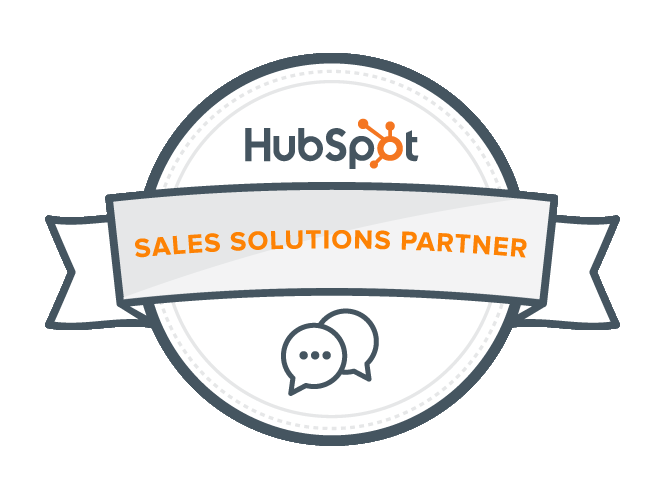FAB Writing Formula: Focus on Benefits for your Future Customers, not Features
This one writing tip (Feature, Advantage, Benefit) reminds us to always focus on our customer.
- Features
- Advantages
- Benefits
Feature (or intro) – Start by calling out the specific feature of your product. What’s the feature here? Examples: It’s “our most popular design.”
Advantages – List out the advantages and why it works better than any other company. The thing that separates it from other companies.
Benefits – List out the reader-focused benefits and make them concrete.
FAB reminds us to always focus on the customer. Our customers aren’t interested in features, and they aren’t interested in specifications, they don’t even care about advantages. All they want to know is what you offer to them. How do you make them happier? How do you change their life?
Let's take a look at some examples:
LG Electronics Refrigerator does a great job using FAB with these advertisement features:
- Bringing innovation and distinctive design together, LGs new refrigerator with InstaView Door-in-Door will enhance even the most beautifully crafted kitchen (feature). The sleek tinted glass panel illuminates with two quick knocks, allowing you to see inside the easy access compartment without ever opening the door (advantage), reducing cold air loss to help keep food fresher longer (benefit).
- Wi-Fi enabled (feature). Works with the LG SmartThinQ app to control key features and get important notifications from any-where (advantage). It even works with the Google Assistant and Amazon Alexa, so you can operate smart features with your voice (benefit).
- From pitchers to pint glasses, finally there’s an ice and water dispenser that can handle just about any container you want to fill (feature). Featuring a sleek new design, the dispenser is one of the tallest around, measuring in at an ultra-accommodating 12.6 in. (advantage) Also features LG's new pharmaceutical water filter, NSF certified to reduce more contaminants than our previous filters, for freshness you can taste (benefit).
Follow a 3 step process to start creating the FAB formula:
- Compile a list of your product features. Walk away and come back a bit later!
- Review your feature list and then write in one or two advantages of each.
- Now it is time to think like the customer! Put yourself in your customers “shoes,” now develop a benefit statement for each advantage. Within your statement be sure to dig deep, understand the pains and desires of your customers.







